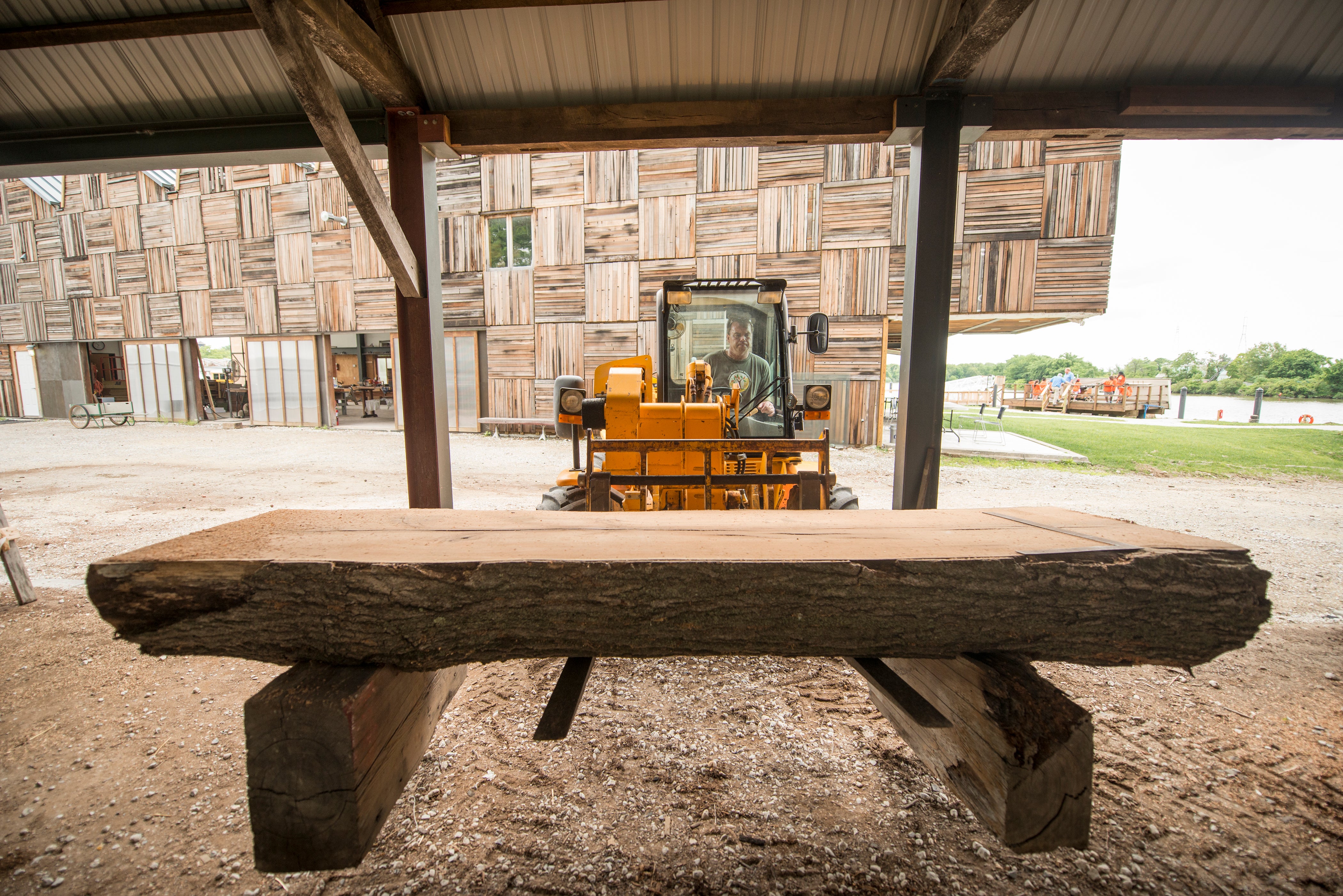Environmental Sustainability In Mind
Furniture Made Responsibly
Made Locally
We make all of our furniture in our shop in Wilmington, Delaware.
Sourced Responsibly
Our wood is sustainably harvested, locally sourced and reclaimed when possible.
Built to Last
Durability is an important part of sustainability -- but we live in an age of fast furniture. Made of particle board, synthetic laminates and cheap hardware, it’s destined to spend more time in a landfill than in service. We don’t make disposable furniture. Our pieces, featuring solid hardwood and proper joinery, are built to last a lifetime.
Priced Fairly
We are investing in sustainable futures and a living wage for our trainees. We can’t compete with the price of imports from low-wage countries. And if we could, we wouldn’t want to. Our apprentices start at $15 per hour.

North American Hardwoods
North America is blessed with an abundance of beautiful hardwoods superbly suited to furniture making. It’s the wood we favor—and it’s part of a bigger story.
While the planet’s tropical rainforests are under siege, North American forests, heavily depleted during the 19th century, are resurgent. According to the North American Forest Commission, “Forest growth nationally has exceeded harvest since the 1940s. By 1997, [it did so] by 42 percent.” The regeneration of our forests is a tribute to a coordinated effort to improve forest management, enhance public land protections, and increase the productivity of private forests.
Happily, we’re in walking distance to Pennsylvania, the largest producer of hardwoods in the country.

Fallen Lumber: A Special Resource
Alongside our standard product line—featuring locally sourced, responsibly harvested wood—we also offer pieces made from fallen lumber. Available in a limited supply, fallen lumber represents a special environmental benefit.
Trees felled by storms, disease, development or old age can either become carbon sinks or carbon sources. If allowed to burn or rot, they become sources, releasing the carbon they contain into the atmosphere where it combines with oxygen to form CO2, a greenhouse gas. By contrast, if kept intact and used for solid wood products such as furniture or flooring, felled trees serve as sinks, withholding their carbon from the atmosphere. The amount withheld (sequestered) is significant.
For example, the carbon sequestered by a typical wood table with chairs, if released into the atmosphere, would produce the same amount of CO2 that an average car emits in a month.
